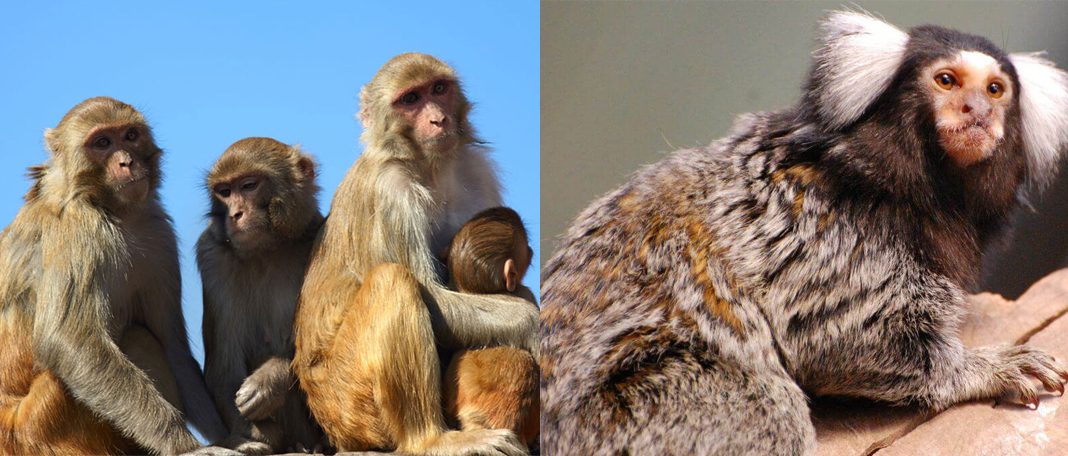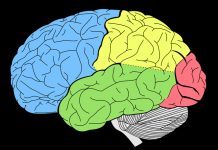Lots of animals are being used for scientific research all over the world. Monkeys are a small percentage of these animals. Monkeys are very closely related to human beings, and scientists call them “nonhuman primates.” In fact, the immune system of a monkey is similar to that of a human being. Therefore, various tests on monkeys help improve a vaccine’s effectiveness. Once these tests are successful, the vaccine is passed on to human trials. In this blog, let’s find the answer to the question that’s predominant these days – “Why aren’t monkeys used in research?”
The answer to the above question is that there’s an ongoing shortage of research monkeys in the U.S. and other countries. So, they are being replaced by other animals in several laboratories.
Why Do Scientists Face a Research Monkey Shortage?
The pandemic has created a huge demand for animal testing, thereby leading to a shortage of monkeys. There is yet another reason for the shortage. China was exporting a large percentage of these animals to the U.S. and other countries. But after the pandemic, it stopped exporting them.
There are many consequences of the monkey shortage. Owing to the limited pool of monkeys, some of the pharmaceutical companies have begun human trials before they actually test their vaccines on monkeys.
How Can We Help Save Monkeys?
Many monkeys are just captured and put away for medical research. And, a large part of them die before they reach the laboratories. The ones who are successful in arriving at the labs are kept in metal cages. Sometimes, they are subjected to lots of anxiety and stress because of the experiments conducted on them. Several people think that these monkeys are treated cruelly, which is true in many cases.
Added to the above, there’s a large extent of illegal trading and poaching of monkeys. Certain species of monkeys have only a couple of years in the future to be saved from extinction. A major reason behind this situation is the deforestation that happens in many countries. All these activities further lead to a shortage of monkeys for research.
Many monkeys captured for research are not allowed to live in habitable conditions, resulting in disease and death. Again, this factor leads to a shortage of these primates for research.
However, there are certain ways of helping the creatures from death and extinction. A few of them are here:
- Getting educated about monkeys and the issues they face can go a long way in saving them.
- In countries where deforestation is prominent, you can donate your time/money to support these anti-logging initiatives.
- You can create awareness about the problems primates and other animals encounter while they are in captivity.
The above initiatives can help save monkeys and prevent the extinction of some species.
What Happens to Monkeys after Research?
Once a particular research project is completed, many of the monkeys are handed over for a different project. Some of them are used in the same lab or sold to a different one. However, this is not possible in some scenarios. Since there are rules and regulations for using monkeys for research, in certain cases, they are not allowed to be used for a second research project. For instance, only one surgical procedure is permitted for one animal.
Alternatives for Handling Research Monkey Shortage
Two of the most widely used monkey species for research are cynomolgus macaques and rhesus macaques. When they were used for COVID-19 experiments, they became only slightly sick from the virus. Therefore, scientists began to switch over to other animals like hamsters to analyze and study severe sickness. Some of the merits of using hamsters for research are:
- They are pretty small.
- They breed exceptionally well.
- They can be easily handled.
Rodents are another excellent option for research since they are cheaper. Hope this answers your question, “Why aren’t monkeys used in research and why are they being replaced?”
The Current Scenario
It will take many years to breed more monkeys in the U.S. and other countries facing a shortage. And, the number of breeding facilities is limited. Yet another reason behind the research monkey shortage is that the monkeys that are selected and set aside for breeding cannot be utilized for research, such as COVID-19 vaccine trials!
We have now seen the reasons behind the research monkey shortage and the ways to deal with it.


















